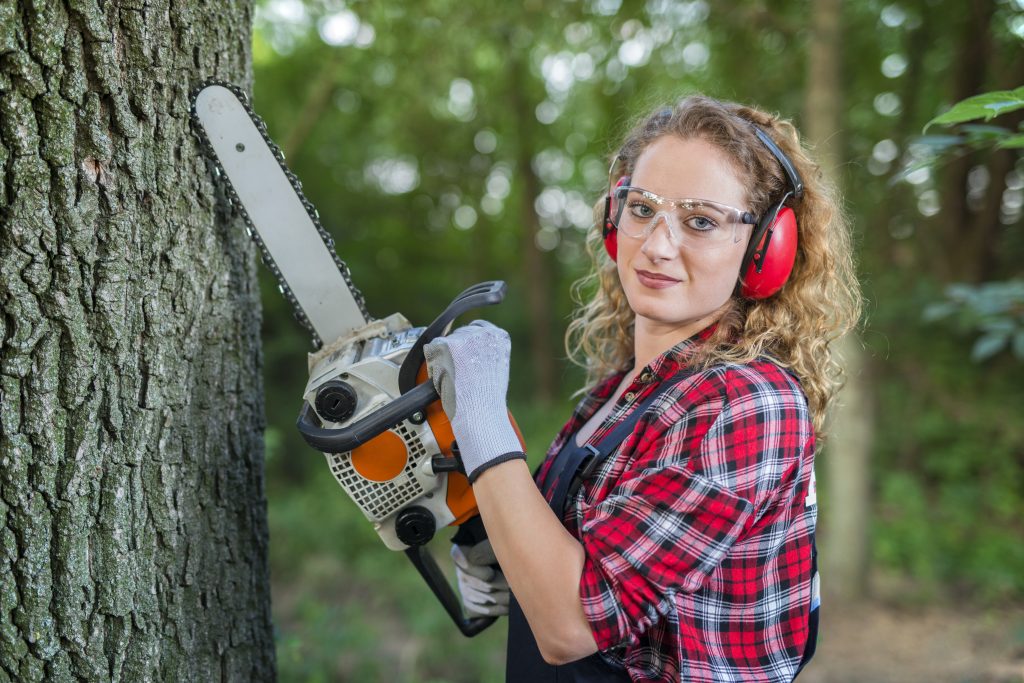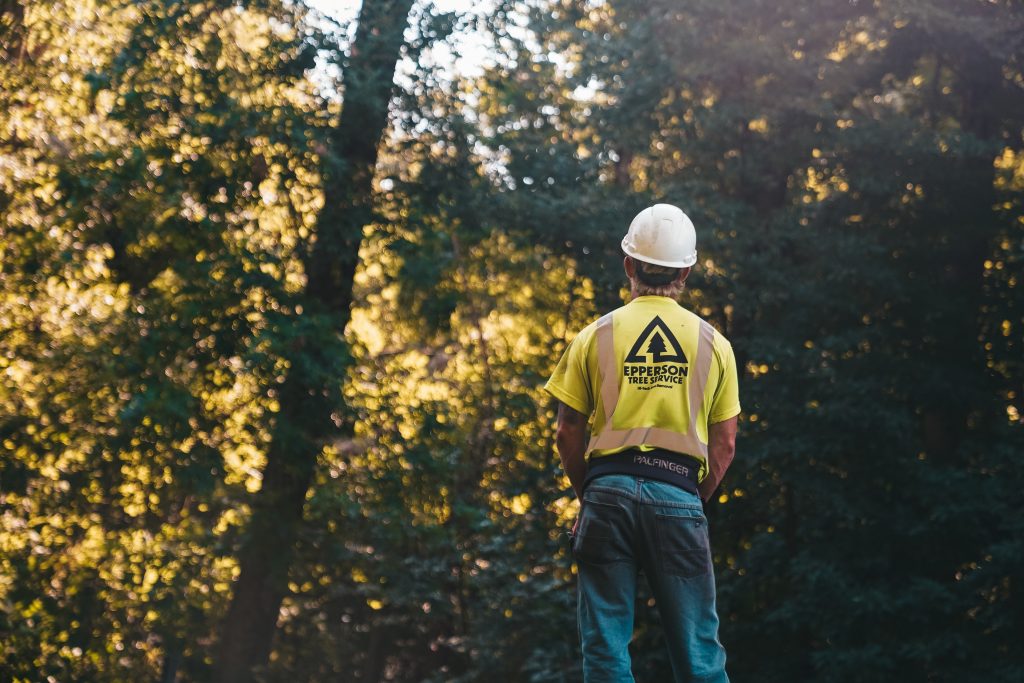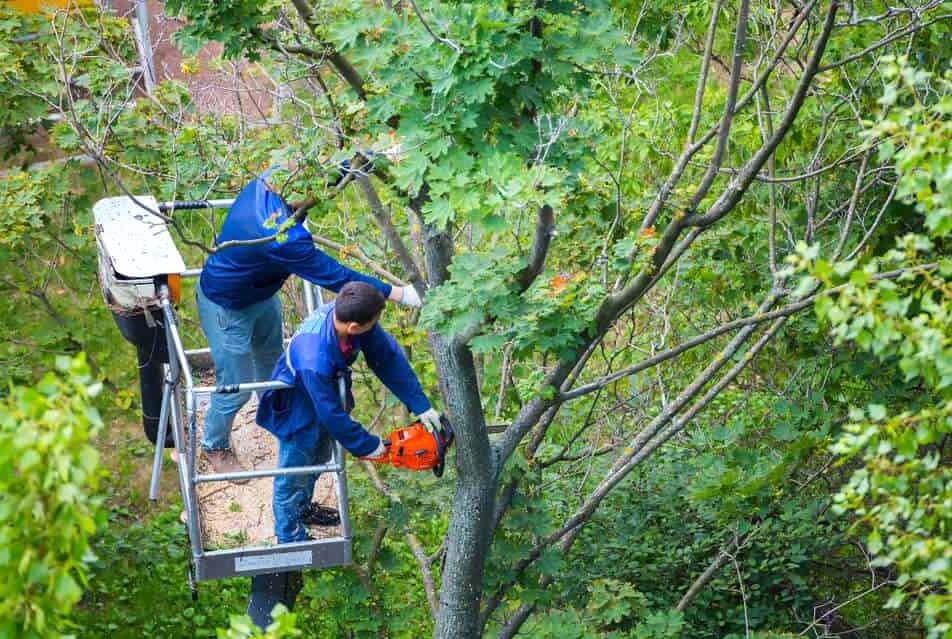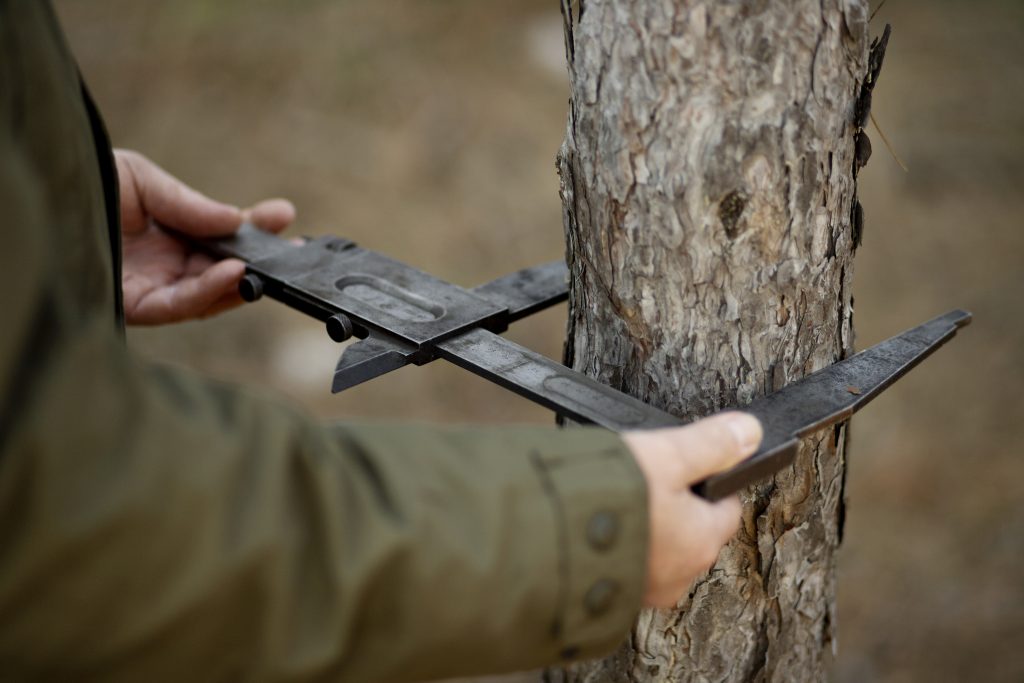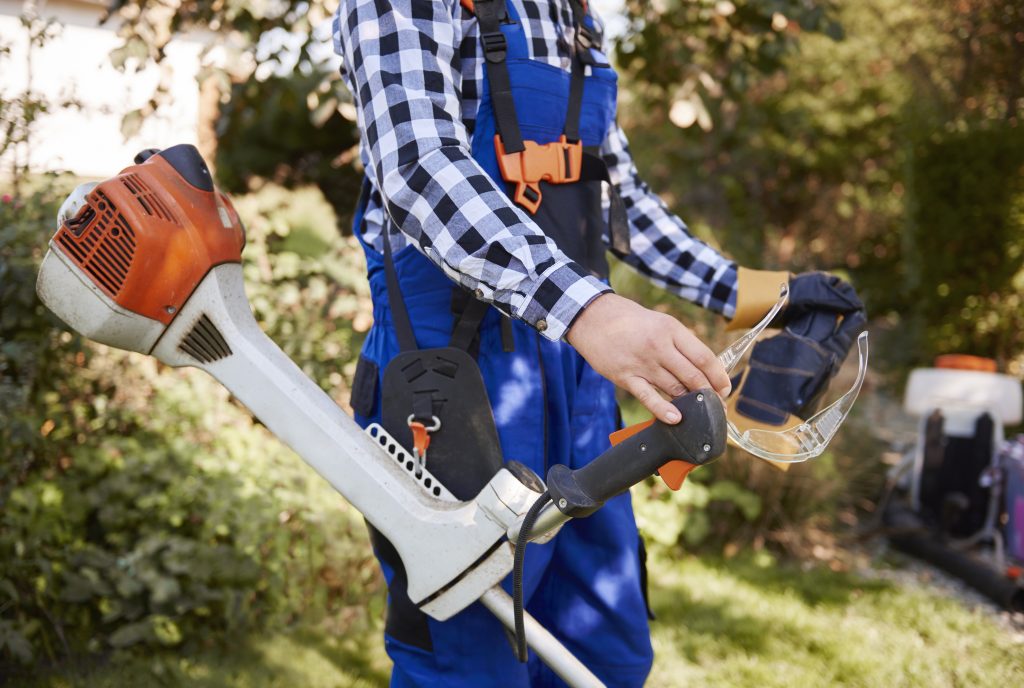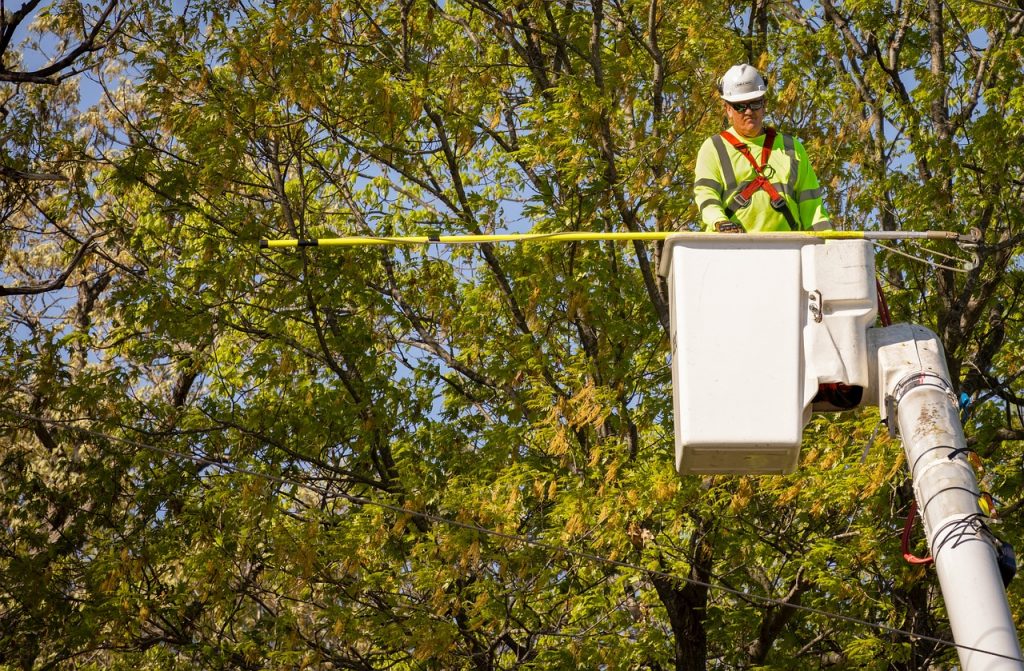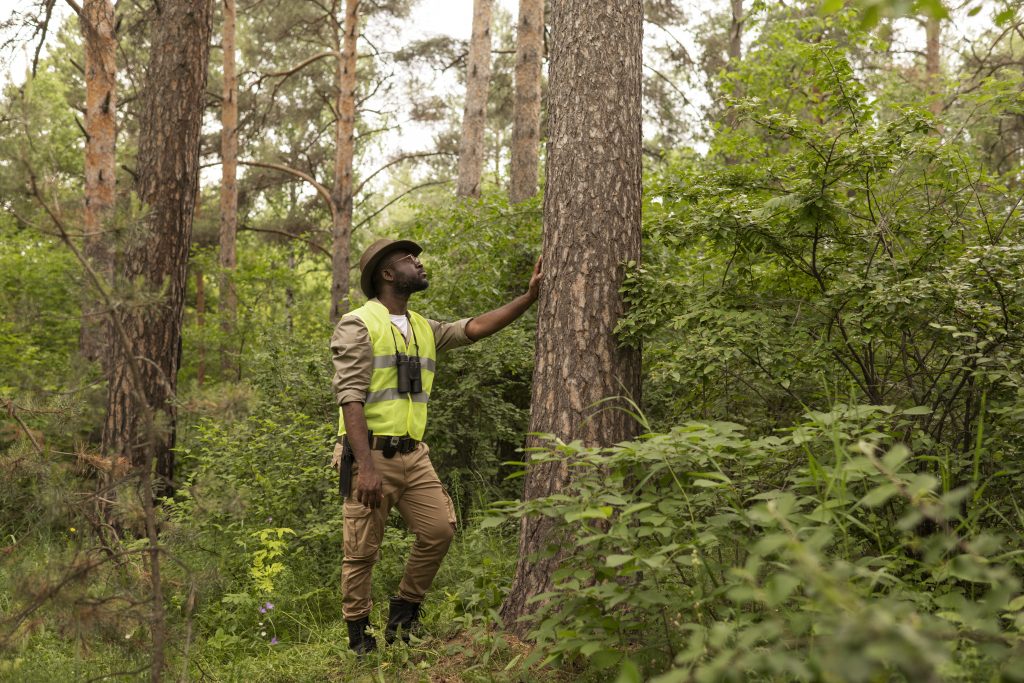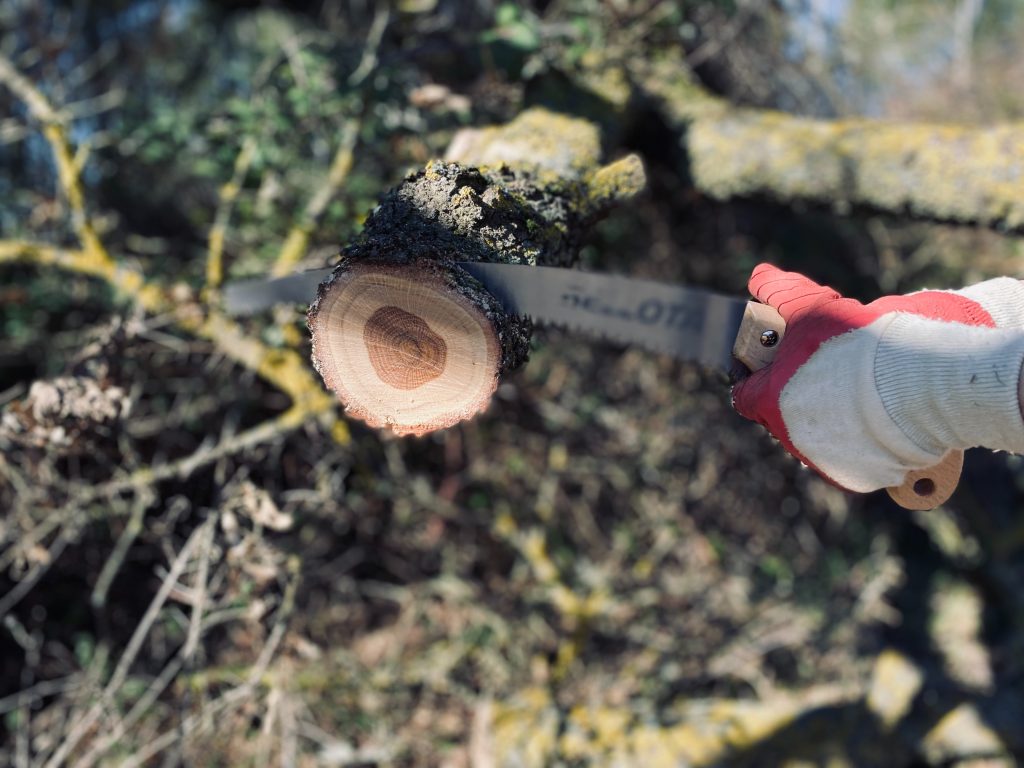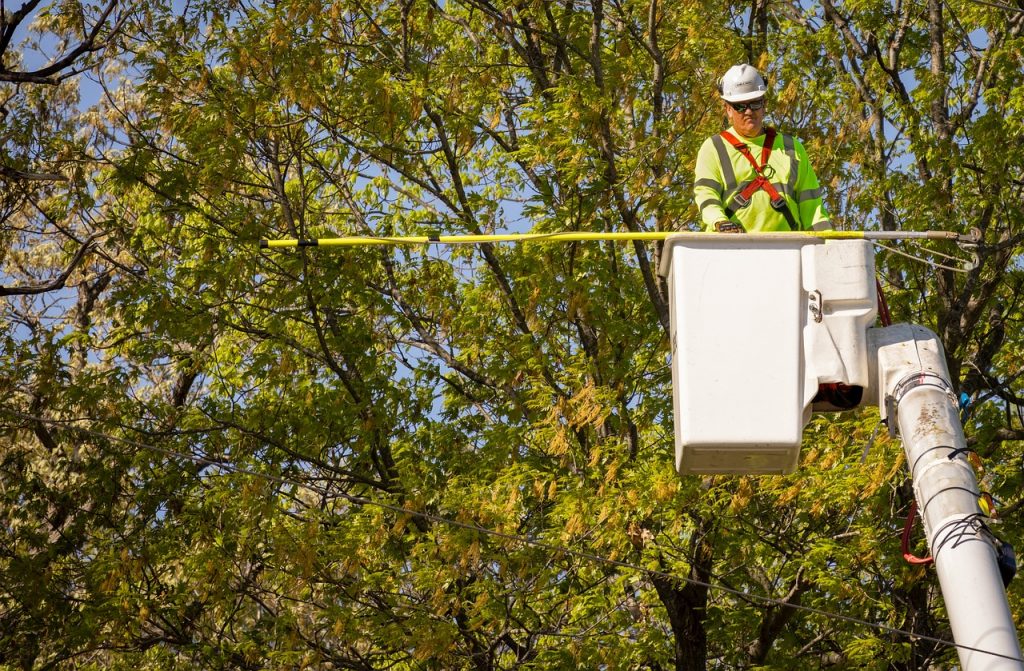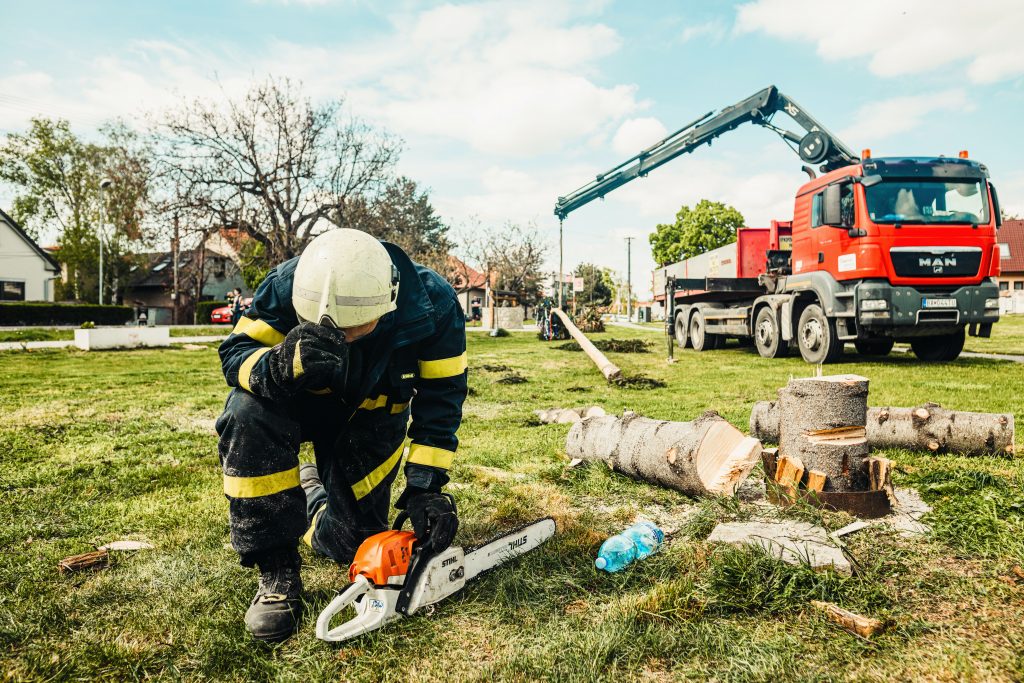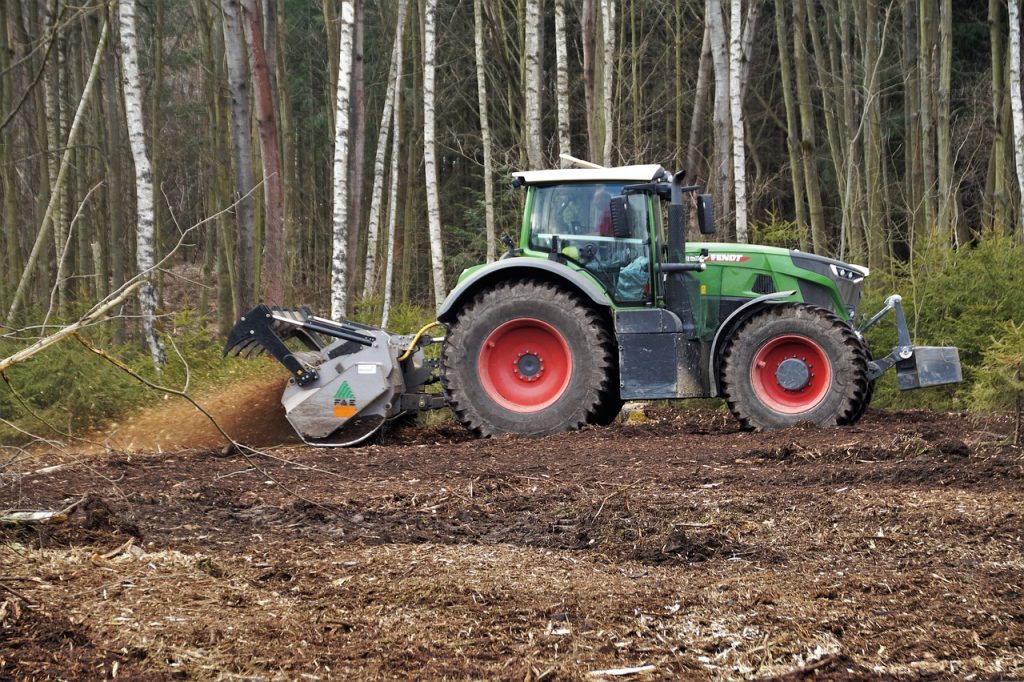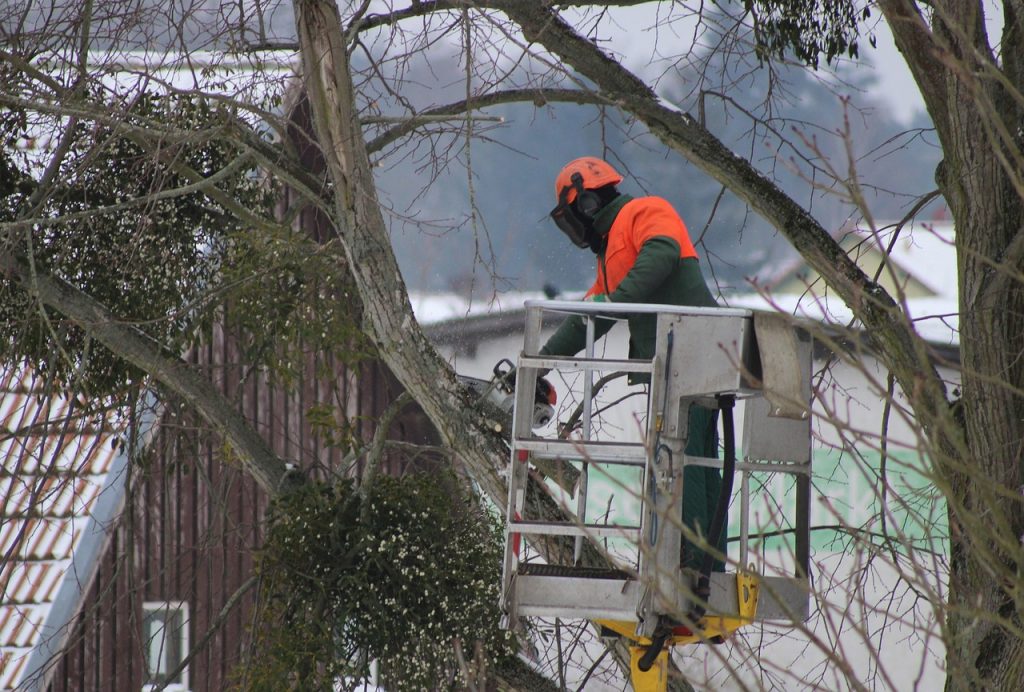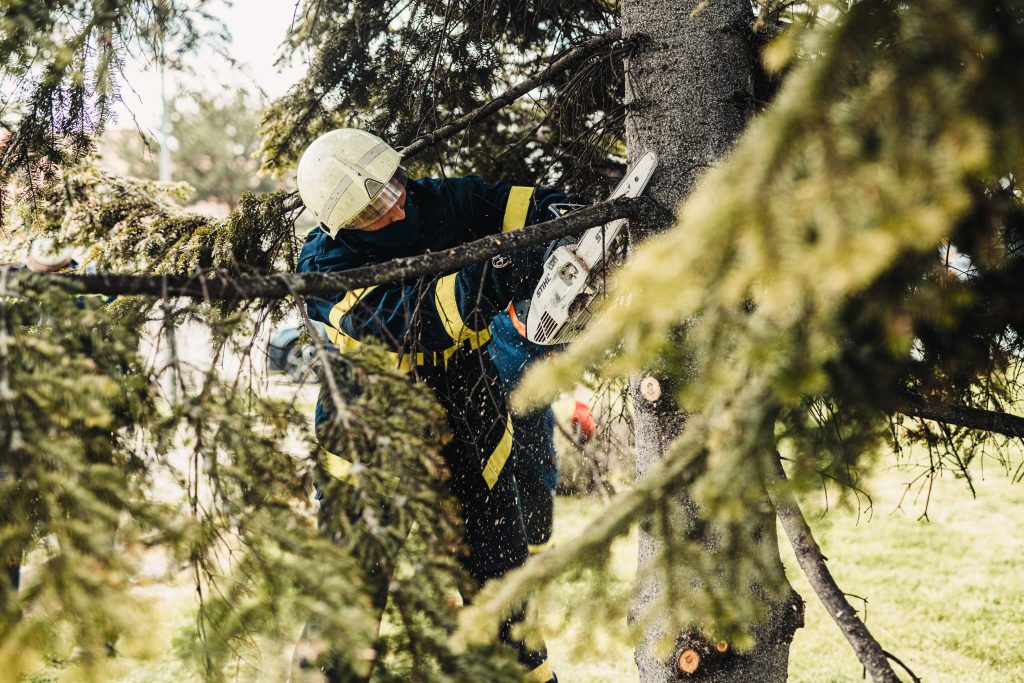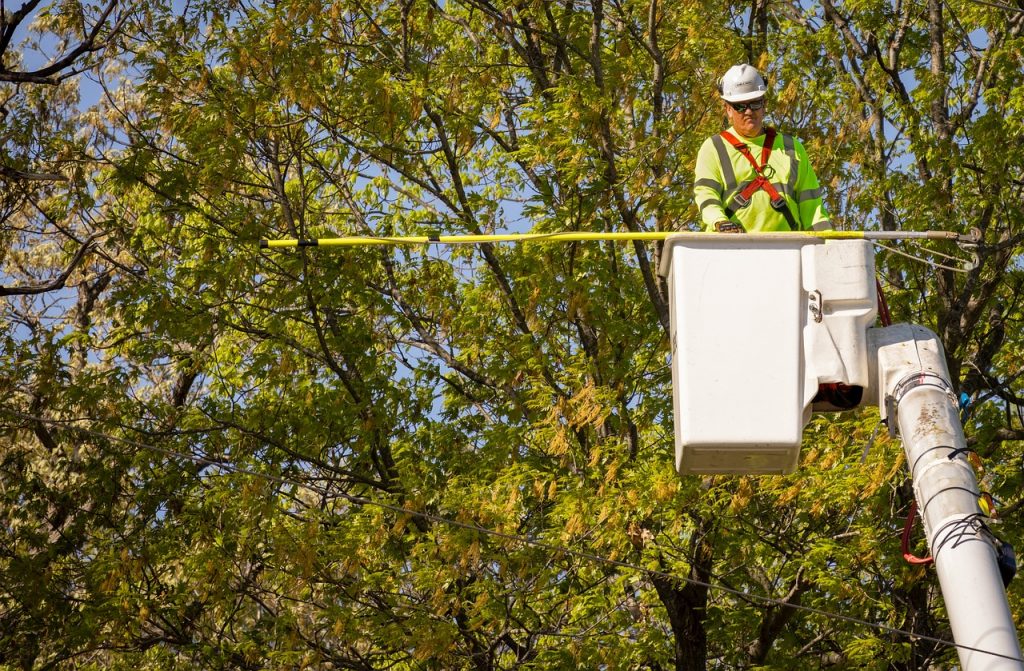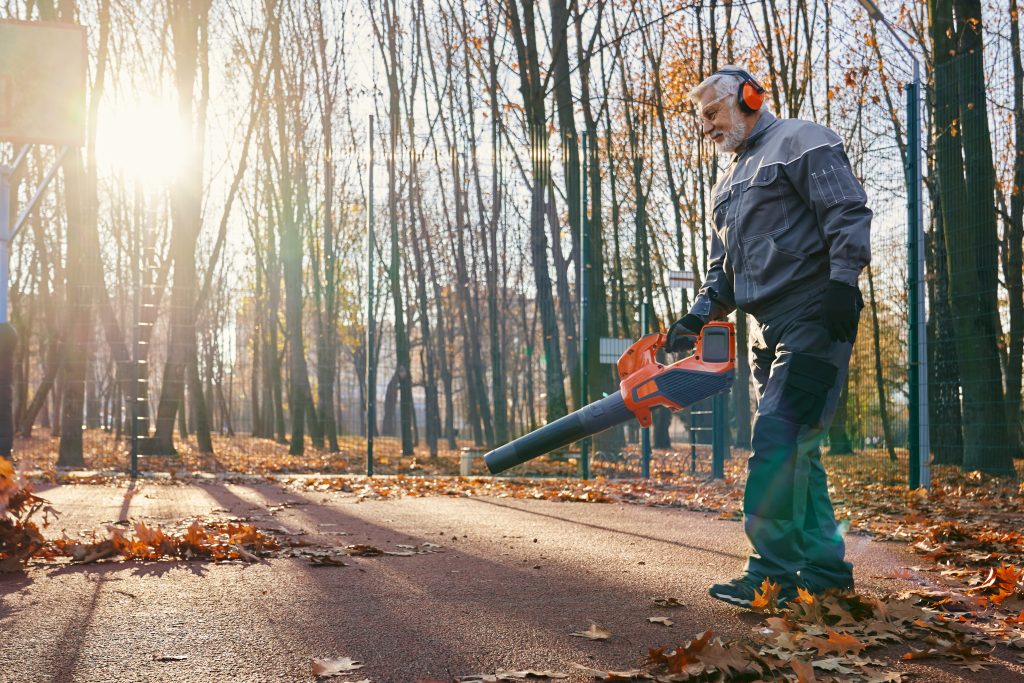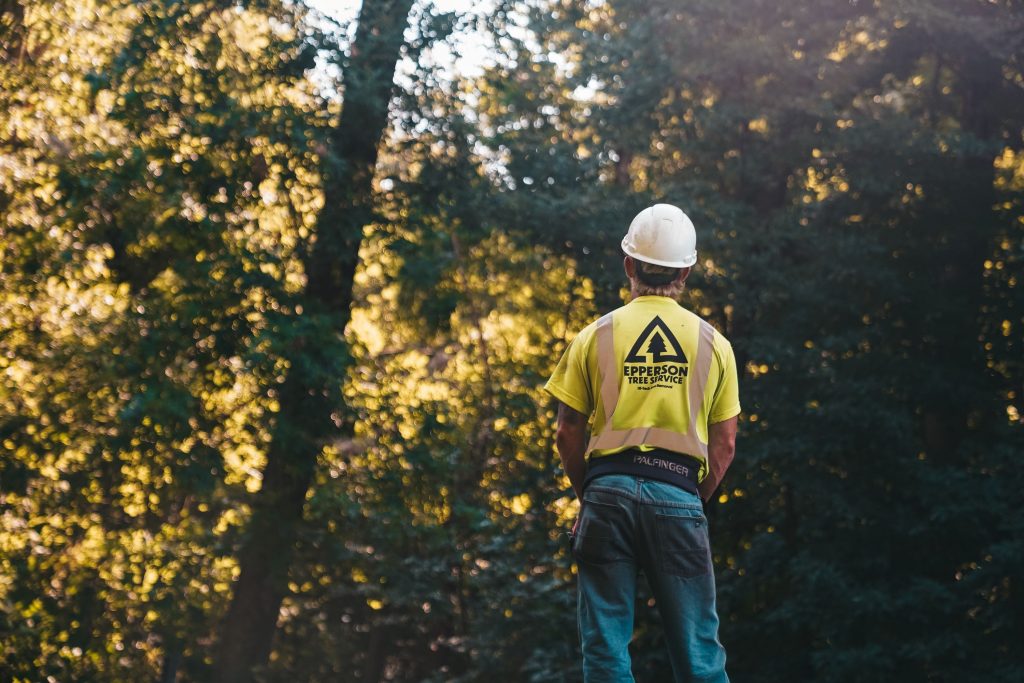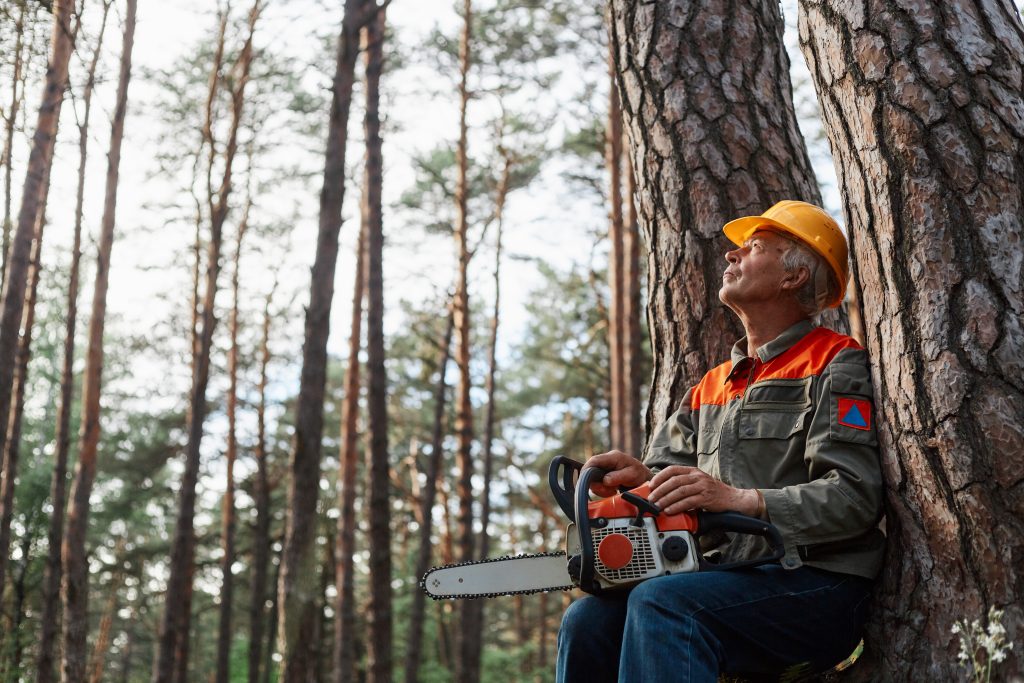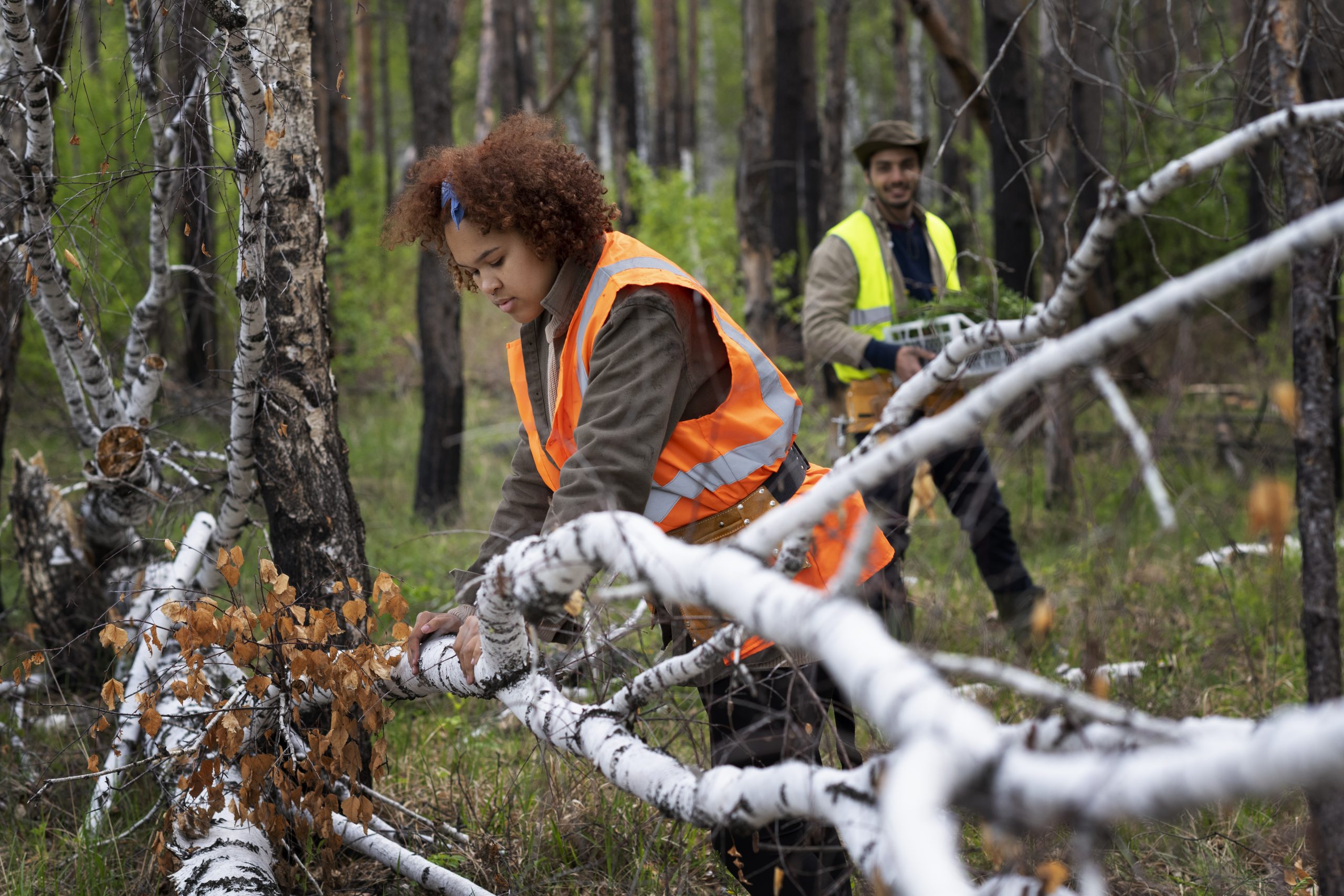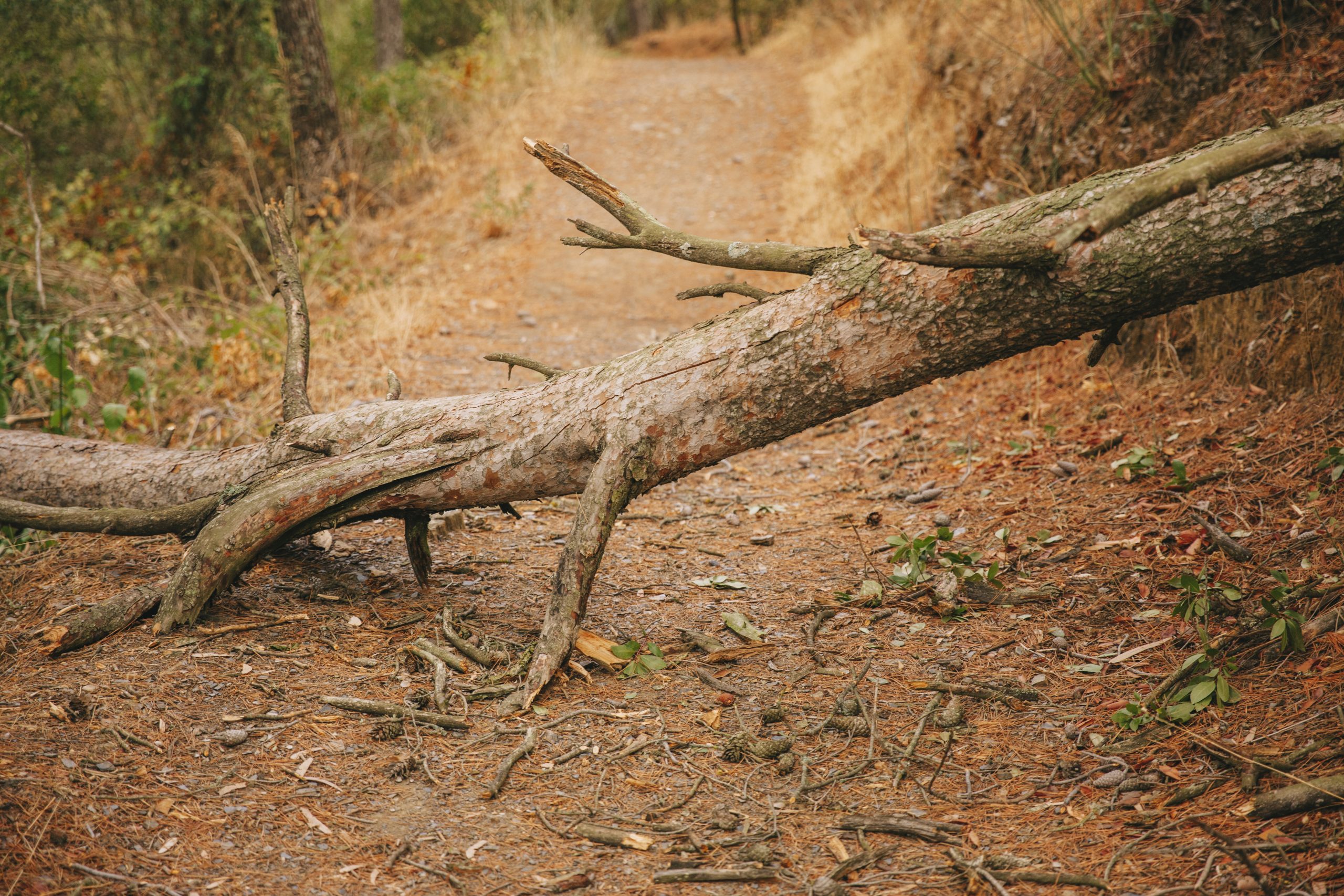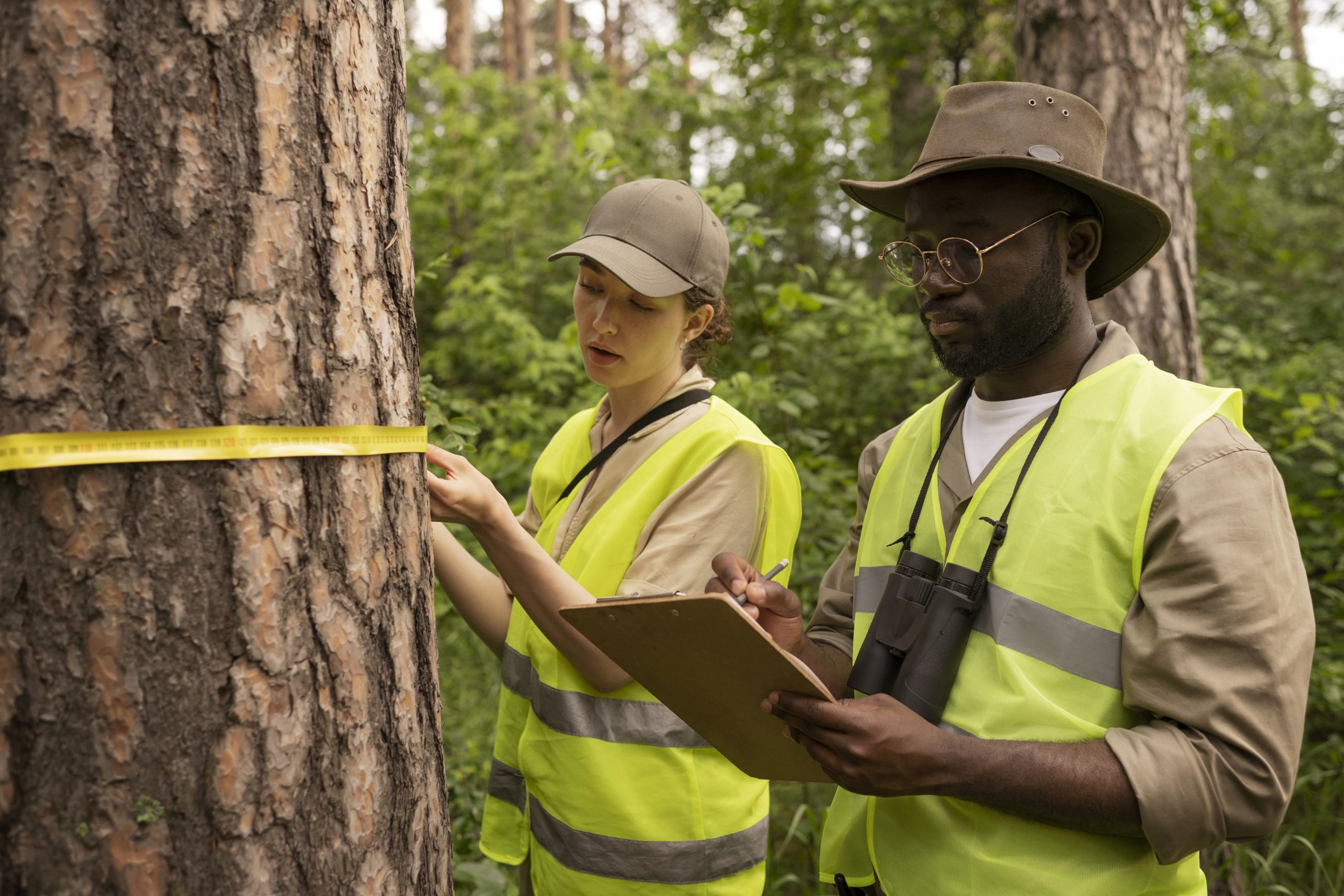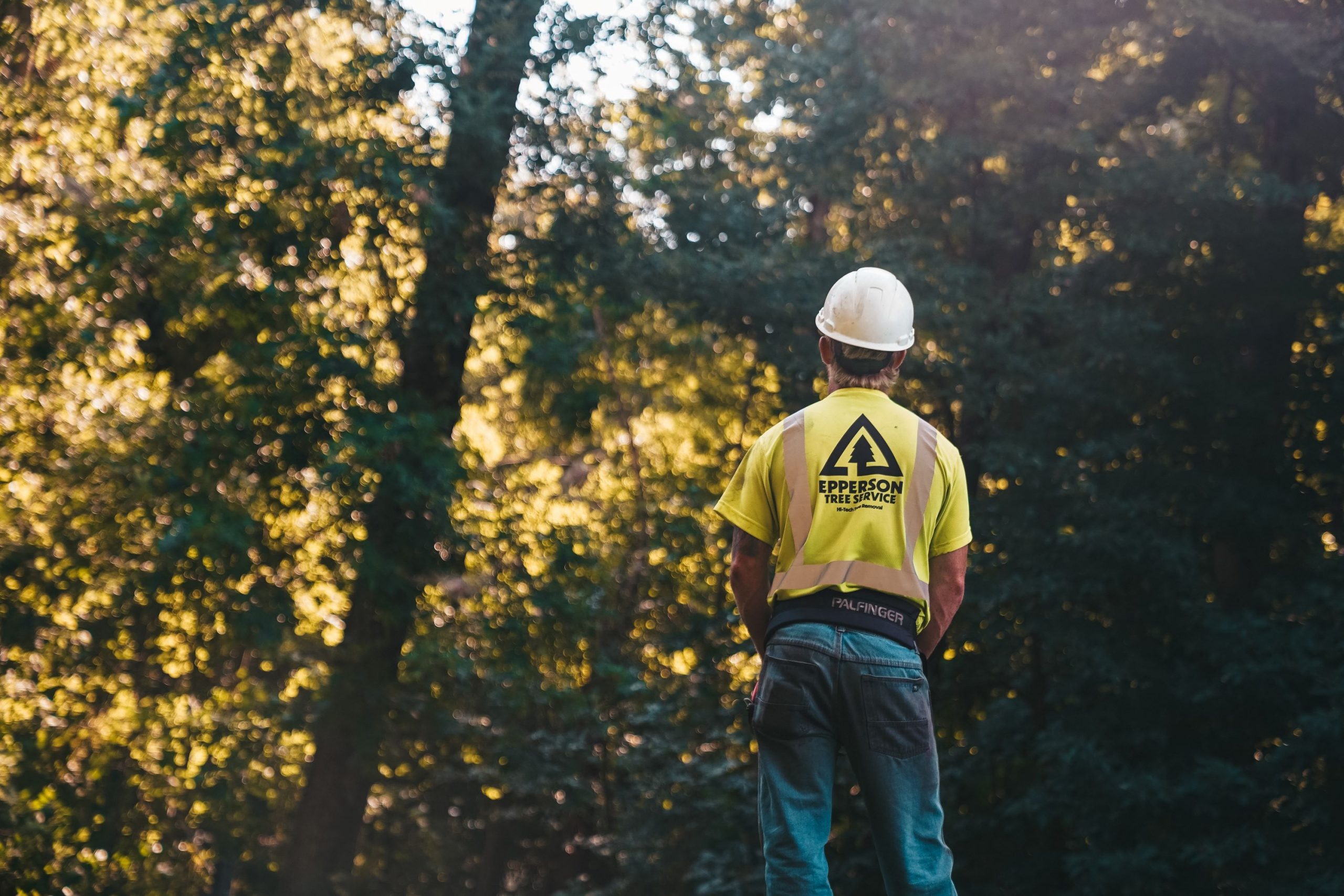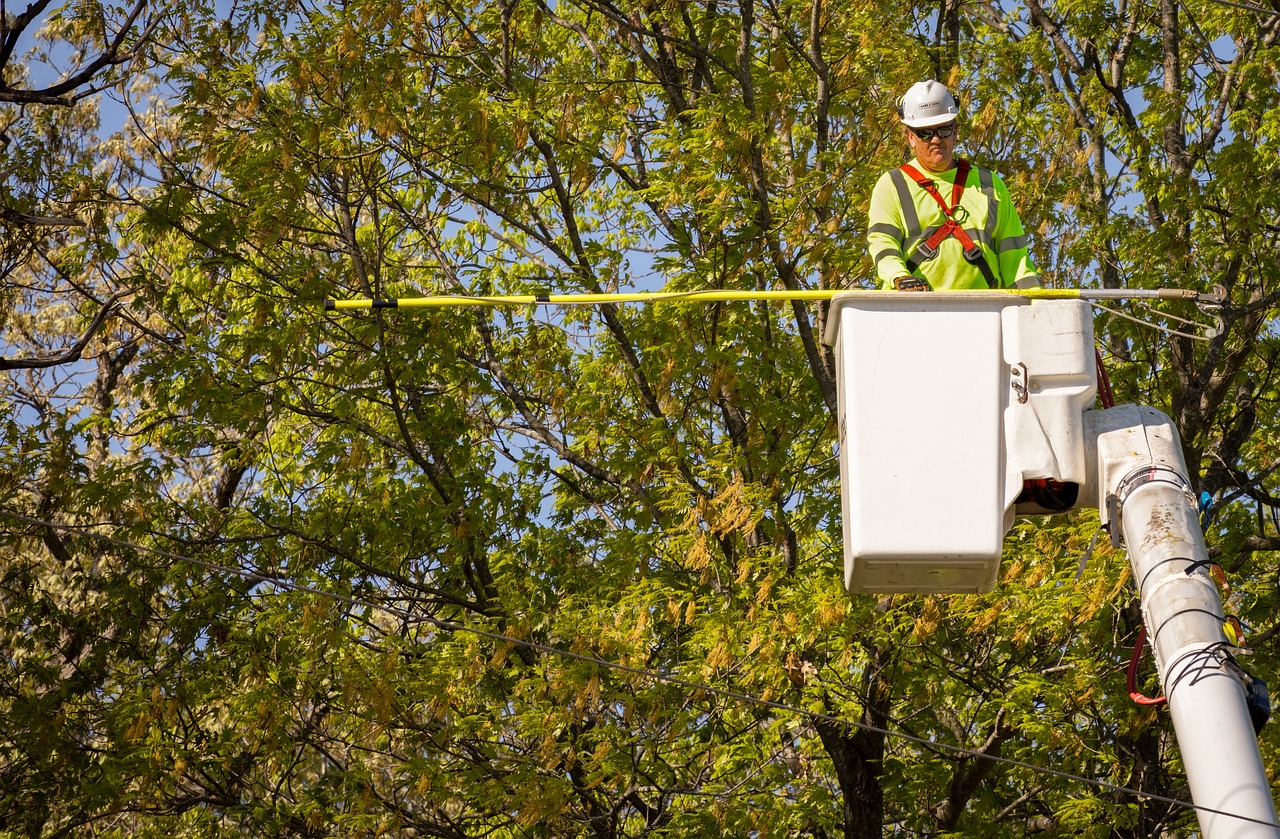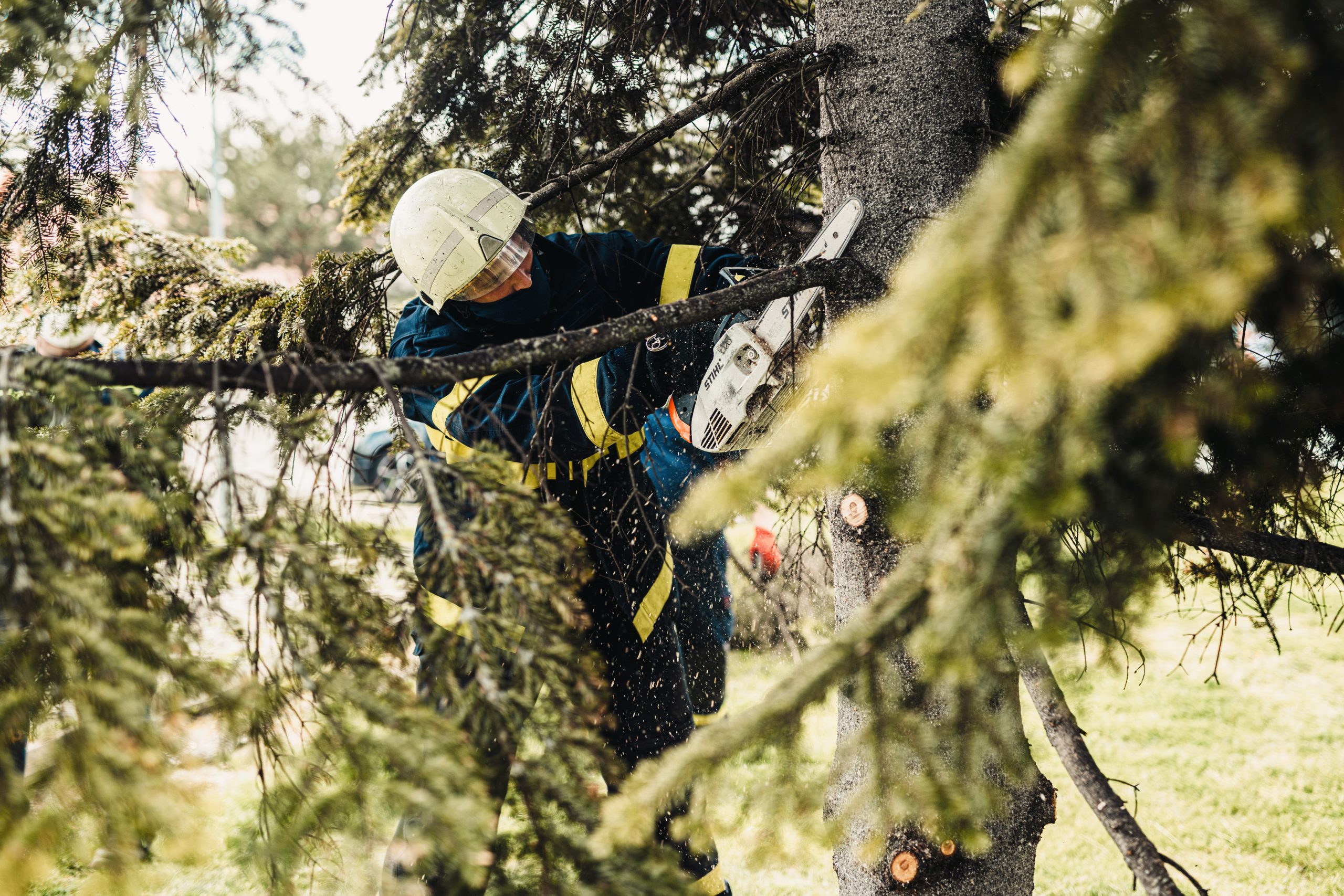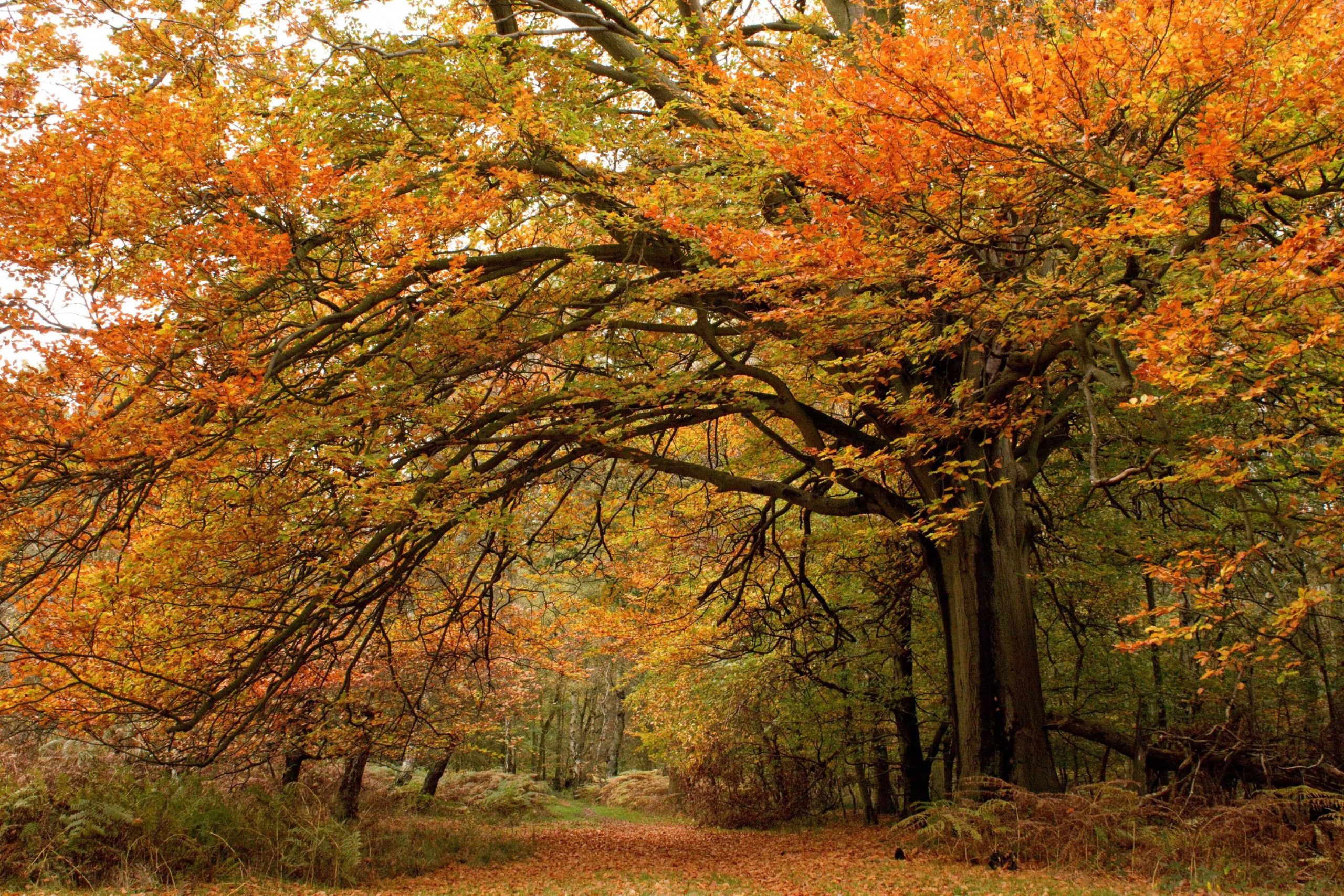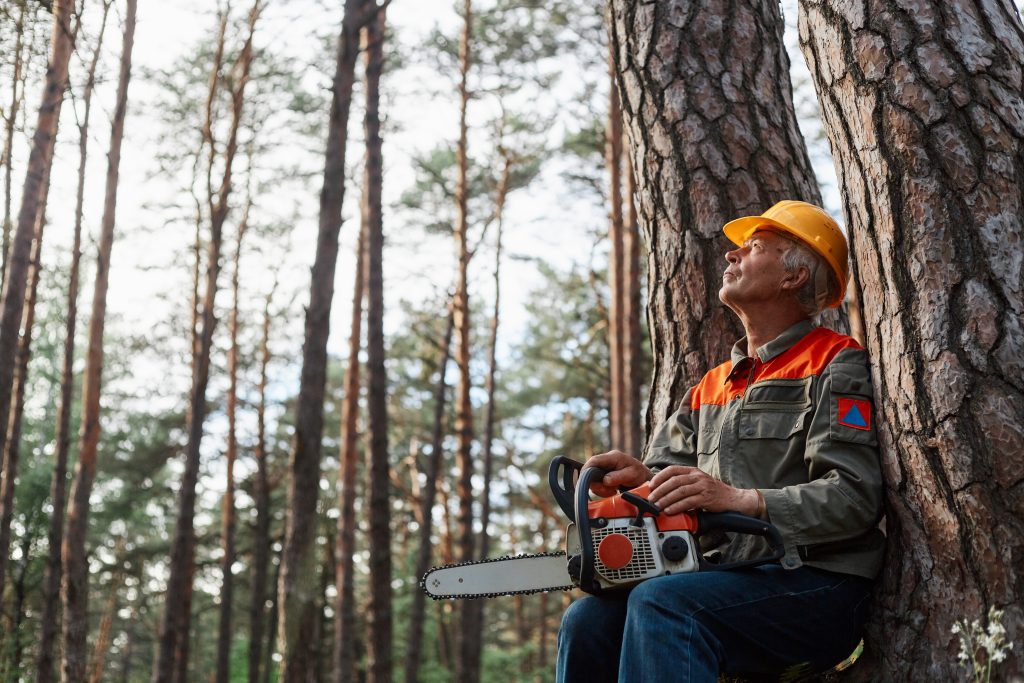Tree Trimming Echo UT 84024
This page is about Tree Trimming Echo UT 84024
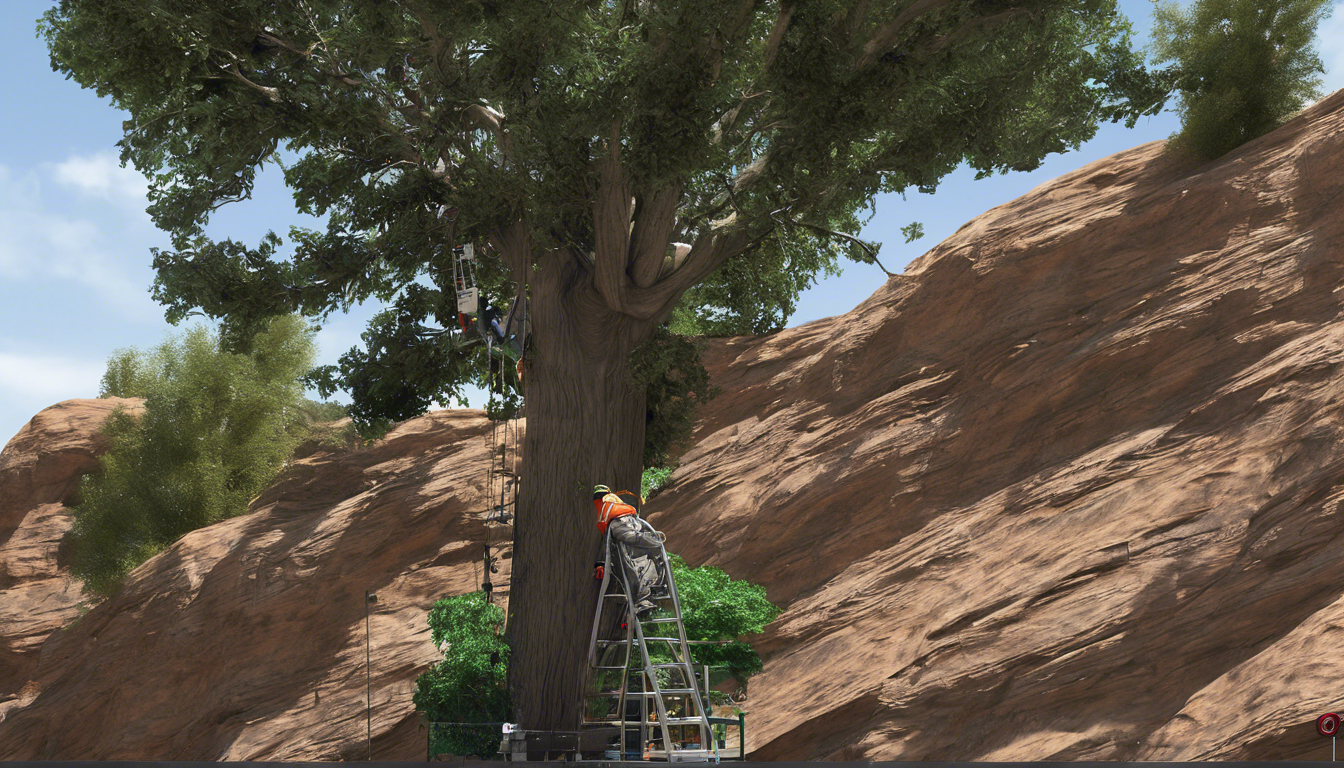
Importance of Tree Trimming in Echo, UT 84024
Tree trimming is a crucial aspect of maintaining the health and aesthetics of your trees in Echo, UT 84024. Regular tree trimming offers various benefits, not only to the trees themselves but also to the overall landscape and environment. Understanding the importance of tree trimming can help homeowners and property owners make informed decisions regarding the care of their green assets.
Enhanced Tree Health
Proper tree trimming helps promote the overall health of trees by removing dead or diseased branches. These branches can be a breeding ground for pests and diseases that can spread to the rest of the tree. By trimming these branches regularly, you can prevent the spread of infections and improve the tree’s overall well-being.
Safety Concerns
Overgrown branches can pose a safety hazard, especially during storms or high winds. Weak or dead branches are more likely to break and fall, potentially causing damage to property or posing a risk to people. Tree trimming helps eliminate these risks by removing precarious branches and ensuring that the tree is structurally sound.
Aesthetic Appeal
Regular tree trimming contributes to the aesthetic appeal of your property. Well-maintained trees enhance the overall look of your landscape, increasing curb appeal and property value. Trimming helps shape the trees, promoting healthy growth patterns and creating visually appealing surroundings.
Sunlight Exposure
Trimming trees allows more sunlight to reach the tree’s interior and the surrounding landscape. Adequate sunlight is essential for the tree’s growth and development. By eliminating overcrowded areas within the tree canopy, tree trimming ensures that each part of the tree receives ample sunlight for photosynthesis.
Encouraging Growth
Strategic tree trimming can help promote new growth in desired areas of the tree. By selectively trimming branches, you can direct the tree’s growth, encourage fuller foliage, and shape the tree according to your preferences. This process is especially beneficial for fruit trees, as it can stimulate fruit production.
Disease Prevention
Regular tree trimming plays a preventive role in managing tree diseases. By removing infected branches promptly, you can prevent the spread of diseases throughout the tree. Moreover, proper trimming practices reduce the risk of fungal infections and rot, helping trees thrive in a healthy environment.
Professional Tree Trimming Services
While some tree trimming tasks can be done by homeowners, hiring professional tree trimming services in Echo, UT 84024 is advisable for more complex jobs. Certified arborists have the expertise and equipment to trim trees safely and effectively, ensuring the best results for your trees.
Tree trimming is a vital part of tree maintenance that offers various benefits, including improved tree health, safety, aesthetics, sunlight exposure, growth promotion, and disease prevention. By prioritizing regular tree trimming, homeowners can enhance the beauty of their landscape, protect their property, and ensure the long-term health of their trees. Consider reaching out to professional tree trimming services to experience the full advantages of expert tree care in Echo, UT 84024.
Benefits of Regular Tree Maintenance
Regular tree maintenance, such as tree trimming in Echo, UT 84024, offers a multitude of benefits that go beyond just enhancing the appearance of your property. Proper tree care not only ensures the health and longevity of your trees but also promotes safety and contributes to the overall well-being of the environment. Let’s delve into the advantages of investing in regular tree maintenance services.
Salt Lake City Tree Trimming Truco Services
Enhanced Tree Health
Regular tree trimming plays a crucial role in maintaining the health of your trees. By removing dead, diseased, or overgrown branches, you allow the tree to allocate nutrients more efficiently to healthy branches, promoting new growth. Trimming also helps in preventing the spread of diseases and pests, ultimately increasing the lifespan of your trees.
Improved Safety
Overgrown branches can pose a significant risk to your property and anyone in the vicinity. Weak or dead branches are prone to falling, especially during storms or strong winds, potentially causing damage to structures or posing a danger to people. Regular tree trimming helps eliminate these hazards, making your outdoor space safer for everyone.
Aesthetic Appeal
Well-maintained trees enhance the overall aesthetic of your property. Trimming your trees regularly not only shapes them in a visually appealing way but also promotes lush and dense foliage. This can increase the curb appeal of your home or business, making it more attractive to visitors or potential buyers.
Disease Prevention
Regular tree maintenance, including trimming, pruning, and inspection, is vital in preventing the spread of diseases among trees. Removing infected branches or parts of the tree can stop diseases from spreading to healthy areas. Additionally, maintaining proper air circulation through trimming helps reduce the risk of fungal infections that thrive in damp and overcrowded environments.
Encourages Fruit Production
For fruit-bearing trees, regular trimming is essential for promoting fruit production. Trimming helps in removing excess growth that may hinder fruit development and allows sunlight to reach the inner parts of the tree, aiding in fruit ripening. Proper pruning techniques can also improve the quality and quantity of the fruit produced by the tree.
Environmental Benefits
Trees play a crucial role in environmental health, and regular maintenance contributes to their positive impact. Healthy trees help in purifying the air, reducing pollution, providing shade, and supporting biodiversity. By investing in tree trimming and care, you are not only benefiting your immediate surroundings but also contributing to the well-being of the planet.
Regular tree maintenance, including tree trimming in Echo, UT 84024, is a valuable investment that offers a myriad of benefits ranging from improved tree health and safety to enhancing the visual appeal of your property. By prioritizing the care of your trees, you are not only preserving their longevity but also creating a safer and more beautiful outdoor environment for yourself and others to enjoy.
Tools and Techniques for Effective Tree Trimming
Proper tree trimming is essential for maintaining the health, aesthetics, and safety of your trees. Using the right tools and techniques can make a significant difference in the outcome of your tree trimming efforts. In Echo, UT 84024, where tree care is crucial due to the local climate and environmental factors, knowing the best practices for tree trimming is paramount.
Tools for Tree Trimming
When it comes to tree trimming, having the right tools can make the task much more manageable and effective. Here are some essential tools for effective tree trimming:
Salt Lake City Tree Trimming Truco Services
- Pruning Shears: Ideal for trimming small branches and twigs, pruning shears are essential for precise cuts without causing damage to the tree.
- Loppers: Used for trimming thicker branches that pruning shears can’t handle, loppers provide extra reach and cutting power.
- Pole Pruners: For trimming high branches safely from the ground, pole pruners are a must-have tool in your tree trimming arsenal.
- Chainsaw: When dealing with larger branches or tree limbs, a chainsaw is necessary for efficient and clean cuts.
- Handsaw: A handsaw is useful for cutting branches that are too large for pruning shears but not suitable for a chainsaw.
- Safety Gear: Don’t forget essential safety gear such as gloves, goggles, and a helmet to protect yourself while tree trimming.
Techniques for Tree Trimming
Using the right techniques is just as important as having the proper tools when it comes to tree trimming. Here are some techniques for effective tree trimming:
- Identify Branch Collar: When cutting branches, always locate the branch collar (swollen area where the branch meets the trunk) and make cuts just outside the collar without damaging it.
- Salt Lake City Tree Trimming Truco Services
- Prune at the Right Time: Trim your trees during the dormant season to minimize stress and allow for faster healing. However, dead or damaged branches should be removed promptly regardless of the season.
- Avoid Tearing Bark: Make clean cuts to prevent tearing the tree’s bark, which can lead to infections and pest infestations.
- Trim for Structure: Focus on maintaining the tree’s natural shape and removing crossing or rubbing branches to improve airflow and sunlight exposure.
- Don’t Over-Prune: Avoid pruning more than 25% of the tree’s canopy in a single season to prevent stress and potential health issues.
- Consult a Professional: For large trees or tricky trimming situations, consider consulting a professional tree service to ensure the job is done safely and correctly.
By utilizing the right tools and techniques for tree trimming in Echo, UT 84024, you can promote the overall health and beauty of your trees while ensuring safety for your property and the surrounding environment. Regular tree trimming not only enhances the aesthetics of your landscape but also helps prevent potential hazards such as falling branches during storms. Take the time to assess your trees’ needs and invest in proper tree trimming practices for long-term tree care benefits.
Hiring Professional Tree Trimming Services in Echo, UT 84024
Tree trimming is an essential aspect of maintaining a healthy and aesthetically pleasing landscape in Echo, UT 84024. Hiring professional tree trimming services can ensure that the trees on your property are properly cared for, promoting their growth and longevity while enhancing the overall appearance of your outdoor space.
Professional tree trimming services offer expertise and tools required to trim trees safely and effectively. These experts are trained to assess the condition of trees, identify any diseased or damaged branches, and trim them in a way that promotes healthy growth. By hiring professionals, you can avoid the risks associated with DIY tree trimming, such as injuries from falls or improper use of equipment.
In Echo, UT 84024, the climate and soil conditions can vary, affecting the health of trees in the area. Professional arborists understand these local conditions and can provide tailored tree trimming services to address specific needs. Whether your trees need shaping, thinning, crown reduction, or deadwood removal, hiring professionals ensures that the job is done correctly to benefit the trees and the surrounding landscape.
Salt Lake City Tree Trimming Truco Services
When you hire professional tree trimming services, you can expect a comprehensive approach to tree care. Beyond just trimming branches, arborists can offer additional services such as tree health assessments, pest and disease management, and tree removal if necessary. These experts have the knowledge and experience to handle various tree-related issues, ensuring the optimal health and appearance of your trees.
Moreover, professional tree trimming services in Echo, UT 84024 can help enhance the safety of your property. Overgrown or improperly trimmed trees can pose a risk of falling branches or tree failure, especially during storms or high winds. By regularly trimming and maintaining your trees, you can reduce the likelihood of such incidents, keeping your property and its inhabitants safe.
In addition to the practical benefits of professional tree trimming, outsourcing this task can save you time and effort. Tree trimming can be a labor-intensive and time-consuming process, especially for homeowners with limited experience and tools. By hiring professionals, you can free up your time to focus on other activities while ensuring that your trees receive the care they need.
Before hiring a tree trimming service in Echo, UT 84024, it’s essential to research and compare different companies. Look for certified arborists with proper insurance and a good reputation in the community. Obtain multiple quotes to compare prices and services offered, ensuring that you get the best value for your investment in tree care.
Investing in professional tree trimming services in Echo, UT 84024 is a wise decision for any homeowner looking to maintain healthy and attractive trees on their property. By entrusting this task to experts, you can enjoy the benefits of well-maintained trees without the hassle or risks associated with DIY tree trimming. Consider hiring professional tree trimming services today to keep your trees thriving for years to come.
Safety Tips for DIY Tree Trimming
When it comes to DIY tree trimming, safety should always be the top priority. While it can be a rewarding task to take care of your trees on your own, it’s essential to follow some safety tips to prevent accidents and injuries. Here are some key safety tips to keep in mind before you begin your tree trimming project in Echo, UT 84024:
Proper Gear
Wearing the right gear is crucial when trimming trees. Make sure to wear a hard hat to protect your head from falling branches. Additionally, wear safety glasses to shield your eyes from debris, and gloves to protect your hands. Sturdy, non-slip boots are also recommended to provide traction while working at heights.
Use the Right Tools
Using the correct tools for tree trimming is essential for your safety. Make sure your tools are sharp and well-maintained to ensure clean cuts. Long-handled pruners or loppers are great for trimming small branches, while a pruning saw can be used for larger limbs. Pole saws are helpful for trimming high branches without having to climb a ladder.
Assess the Tree and Surroundings
Before starting the tree trimming process, carefully assess the tree and its surroundings. Look for any power lines near the tree, as trimming around power lines can be extremely dangerous and should be left to professionals. Check for the direction in which the tree may fall and ensure there are no obstacles in the way.
Salt Lake City Tree Trimming Truco Services
Maintain a Safe Distance
While trimming a tree, it’s important to maintain a safe distance from the tree itself. This helps prevent injury from falling branches. Stand clear of the falling path of branches and limbs to avoid any accidents. If using a ladder, make sure it is stable and securely placed on level ground.
Take Breaks
Tree trimming can be physically demanding work, especially if you’re working at heights. Be sure to take frequent breaks to avoid fatigue and stay hydrated. Overexertion can lead to accidents, so listen to your body and rest when needed.
Know When to Call a Professional
While many homeowners can handle basic tree trimming tasks, some situations are best left to professionals. If the tree is near power lines, is too large to handle safely, or if you’re unsure about the proper trimming techniques, it’s best to call a professional tree service in Echo, UT 84024.
By following these safety tips, you can ensure a successful and accident-free DIY tree trimming project. Remember, safety always comes first when working with trees.
Key Takeaway:
Tree trimming in Echo, UT 84024 is crucial for maintaining the health and aesthetics of trees in the area. Regular tree maintenance not only enhances the appearance of the landscape but also promotes the overall well-being of the trees. Employing the right tools and techniques is essential for effective tree trimming, ensuring the job is done accurately without causing damage. While some may opt for a do-it-yourself approach, hiring professional tree trimming services in Echo, UT 84024 is recommended for intricate tree care needs. Safety is paramount in tree trimming, whether you choose to do it yourself or hire professionals.
Ensuring that trees in Echo, UT 84024 receive proper trimming is essential for various reasons. Firstly, tree trimming helps in shaping the trees, making them visually appealing and enhancing the overall appearance of the landscape. Proper trimming also promotes tree health by removing dead or diseased branches, allowing for better airflow and sunlight penetration. This, in turn, reduces the risk of pests and diseases infesting the trees, leading to a longer lifespan for the trees in Echo, UT 84024.
Regular tree maintenance offers numerous benefits, including improved tree health, increased fruit production for fruit-bearing trees, and enhanced safety by preventing overgrown branches from falling. Additionally, trimming trees can boost property value by enhancing curb appeal. Trees that are well-maintained not only look aesthetically pleasing but also contribute to a healthier environment in Echo, UT 84024.
Utilizing the right tools and techniques is crucial for effective tree trimming. Proper tools such as pruning shears, loppers, and pruning saws should be used depending on the size of the branches. Techniques like crown thinning, crown raising, and crown reduction should be employed strategically to maintain the tree’s natural shape while promoting healthy growth.
When considering tree trimming services in Echo, UT 84024, hiring professionals is highly recommended for complicated or large-scale tree care needs. Professional arborists have the expertise and equipment to trim trees safely and efficiently. They can provide expert advice on tree care, including the best time to trim specific tree species and the proper techniques to ensure tree health and longevity.
Salt Lake City Tree Trimming Truco Services
Safety should always be a top priority when it comes to tree trimming, whether one chooses to do it themselves or hire professionals. Following safety tips such as wearing protective gear, using stable ladders, and staying clear of power lines can prevent accidents and injuries during tree trimming activities. Prioritizing safety not only protects individuals but also ensures the successful completion of tree trimming tasks in Echo, UT 84024.
Conclusion
Proper tree care, including regular trimming and maintenance, is essential for the health and aesthetics of your trees in Echo, UT 84024. By understanding the significance of tree trimming and the benefits it brings, you can ensure the longevity and vitality of your trees. Regular tree trimming not only enhances the overall appearance of your property but also promotes the growth of new branches and leaves, contributing to the well-being of the tree itself.
Engaging in consistent tree maintenance practices offers a myriad of benefits. From promoting tree health and growth to preventing the spread of diseases and pests, regular trimming plays a vital role in maintaining the overall well-being of your trees. By investing in tree trimming, Echo, UT 84024 residents can enjoy lush, beautiful landscapes that add value to their properties and create a welcoming environment for both residents and visitors alike.
When it comes to effective tree trimming, utilizing the right tools and techniques is crucial. From pruning shears and loppers to chainsaws and pole pruners, having the proper equipment can make a significant difference in the outcome of your tree trimming efforts. By employing correct cutting techniques and understanding the needs of different tree species, you can ensure that your trees receive the care they deserve.
While some may opt for a DIY approach to tree trimming, hiring professional tree trimming services in Echo, UT 84024 can provide numerous advantages. Experienced arborists have the knowledge and expertise to assess the health of your trees accurately and recommend the appropriate trimming techniques. By enlisting the help of professionals, you can rest assured that your trees are in good hands and receive the care they require to thrive.
For those who choose to undertake tree trimming themselves, following safety tips is paramount. Wearing proper protective gear, such as gloves, goggles, and sturdy footwear, can help prevent injuries while operating tools. Additionally, understanding the basics of tree biology and knowing how to identify potential hazards can ensure a safe and successful trimming process.
Tree trimming plays a vital role in maintaining the health and aesthetics of your trees in Echo, UT 84024. By recognizing the importance of regular tree maintenance, understanding the benefits it provides, employing the right tools and techniques, considering professional services, and prioritizing safety, you can promote the well-being of your trees and enhance the overall beauty of your landscape. Remember, healthy and well-maintained trees not only benefit your property but also contribute to a greener and more sustainable environment for generations to come.
If you need a tree service in Utah, you can call:
Truco Services, Inc.
4640 Commerce Drive
Murray, Utah 84107
(801) 466–8044
https://truetreeservices.com/

